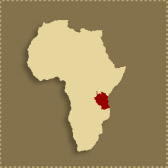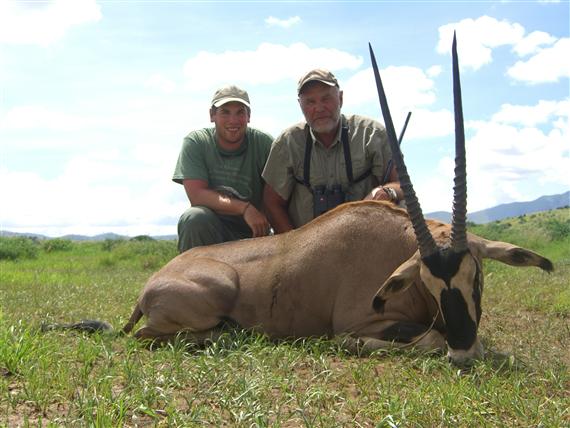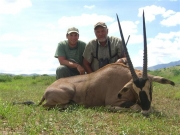Adventure Planner
Tanzania
THE COUNTRY
Tanzania is one of the largest countries in Africa, and, as such, hosts a wide diversity of landforms and habitats. In the north the country rises quickly from dense coastal thornbush to the high, lush Masai Steppe, a vast tableland at about 5,000 feet elevation, with numerous mountains and small mountain ranges rising from the plateau. Masailand is semi-open, with patchy thornbush and thick hillsides interspersed with grassy openings. As you move farther west the openings become more frequent, and eventually you reach the true short-grass savanna of the Serengeti. To the south the land falls from the Masai Plateau and the thornbush becomes denser and more uniform. To the southeast lies the vast Selous Reserve, country of thornbush and a hardwood forest known as miombo forest.
NEW LION REGULATIONS
The regulations in Tanzania now require a legal lion to be at least six years old to be harvested. This means only large, full maned lion can be taken. They are also not harvesting lions living with a pride; only solitary old males. Consequently, success on lion has dropped in some areas. This was instituted several years ago and we expect the opportunity for bigger lions to improve dramatically over the next few years.
HUNTING CONDITIONS
Tanzania is a vast country with relatively few roads, and fewer paved roads. Safari hunting started in the early years of this century, with the typical safari starting in Nairobi, Kenya, and winding its way down through Tanganyika. “Must” reading for anyone hunting Tanzania is Ernest Hemingway’s “Green Hills of Africa,” about his 1936 safari; and Robert Ruark’s “Horn of the Hunter,” written in 1952. Almost unbelievably, the only significant changes to Tanzanian hunting today are these: black rhino is literally gone and elephant have retreated to the thickets.
The system of “hunting blocks” established by the British remains in place, but today the hunting blocks are held as exclusive concessions by Tanzania’s outfitters. Tent camps remain the norm, just as in Hemingway and Ruark’s day, but the camps today are more or less permanent and probably more comfortable.
While game is quite plentiful, it might be widely distributed over a vast area or it might be concentrated near available water. The timing of your hunt is extremely important.
Hunting blocks are huge, and that makes for a long hunting day. Anticipate leaving camp before dawn. Often distance makes it impractical to return to camp at midday. In cooler weather it may be possible to hunt throughout the day, but most professional hunters prefer the sensible approach of taking a long rest at midday in a shady spot. Camp is usually not reached until well after dark, where a hot shower and a cold drink await. To lie in your tent listening to night sounds and the occasional roar of a distant lion tends to make you wish the hunting days were 24 hours long! Life is too short; Enjoy Africa’s Finest Safari Destination!!



